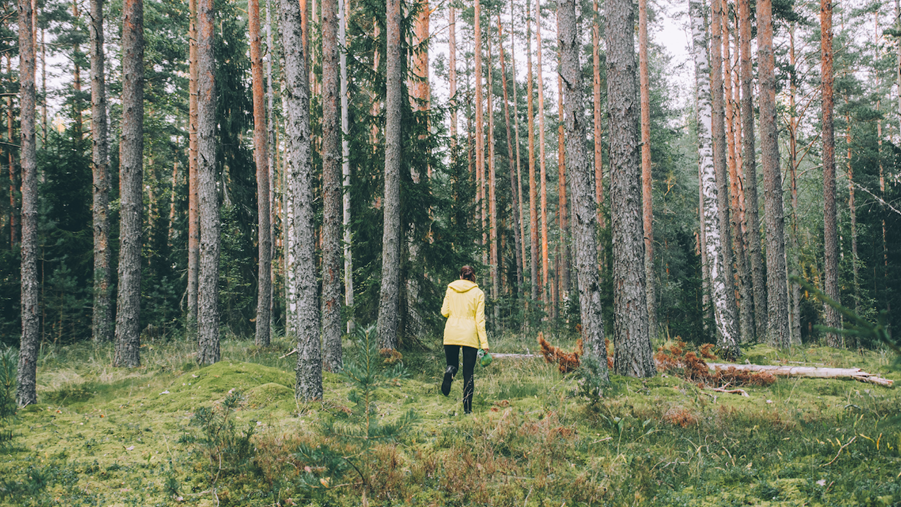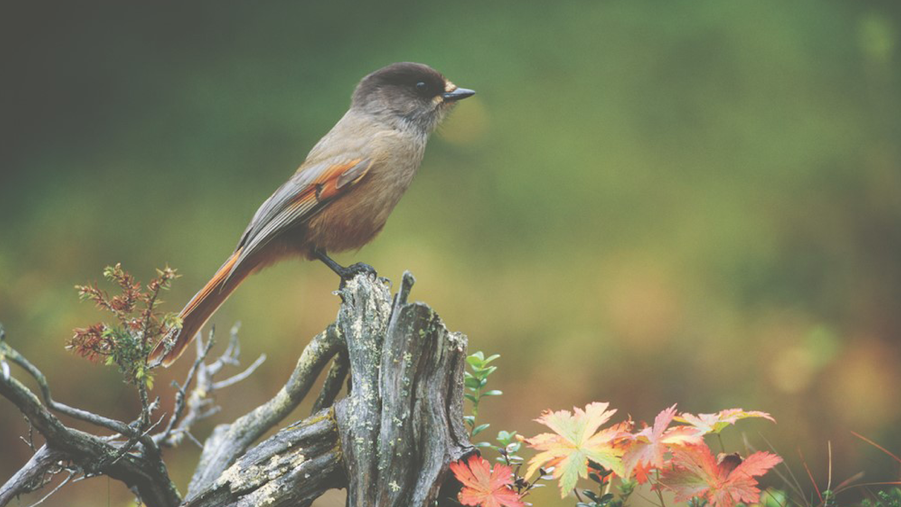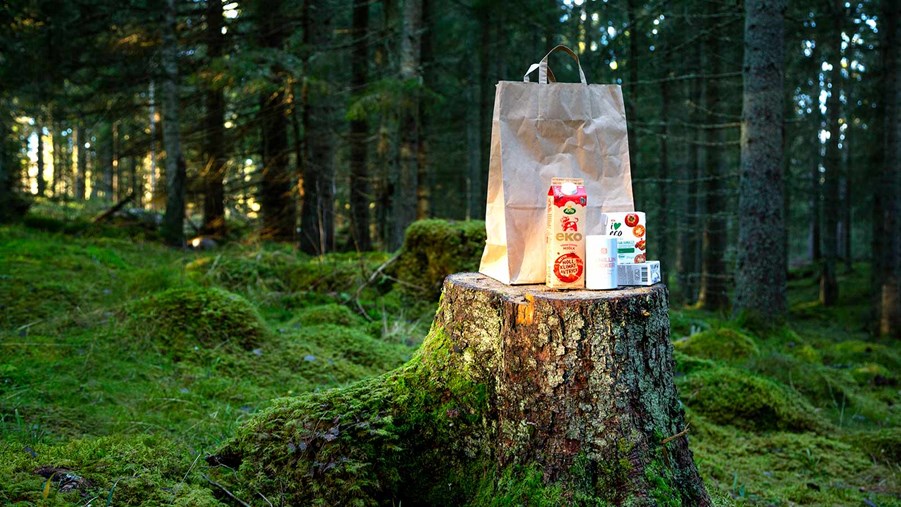Today, a number of different phrases are used to describe different types of forest in Sweden. Other terms are sometimes used elsewhere in the EU. Many of these lack agreed definitions and definitions of forest types may overlap partially or entirely. In addition, terms are used differently in different contexts and are not always translated entirely correctly or equivalently. Therefore, the discussion about different types of forest in Sweden can sometimes be perceived as unnecessarily confused.
Extensive policy work in the EU, including for example the bloc’s forest strategy and biodiversity strategy, are resulting in legislative proposals such as the Deforestation Regulation and the Renewable Energy Directive. All these processes affect how forestry in the bloc can be conducted and they include targets for how much land must be protected. Under the EU’s biodiversity strategy, for example, all forests classed as old-growth forests and primary forests must be protected and forestry activities are prohibited.
The European Commission has drawn up a voluntary framework for member states with definitions and guidelines on how such forests should be mapped and protected. The Commission has been clear that these guidelines are voluntary because historical and ecological conditions vary significantly between forests in the EU.
However, since none of these definitions have been developed for use in legislation, and concepts such as old-growth forests are completely new, it is difficult to judge which areas are covered and how large they are. This also makes it difficult to evaluate what consequences the legislation will have for Swedish forestry and for Sweden as a whole. One thing is clear – how these terms are defined will affect all of Sweden’s many forest owners, and therefore it is important that the definitions are clear and precise.


